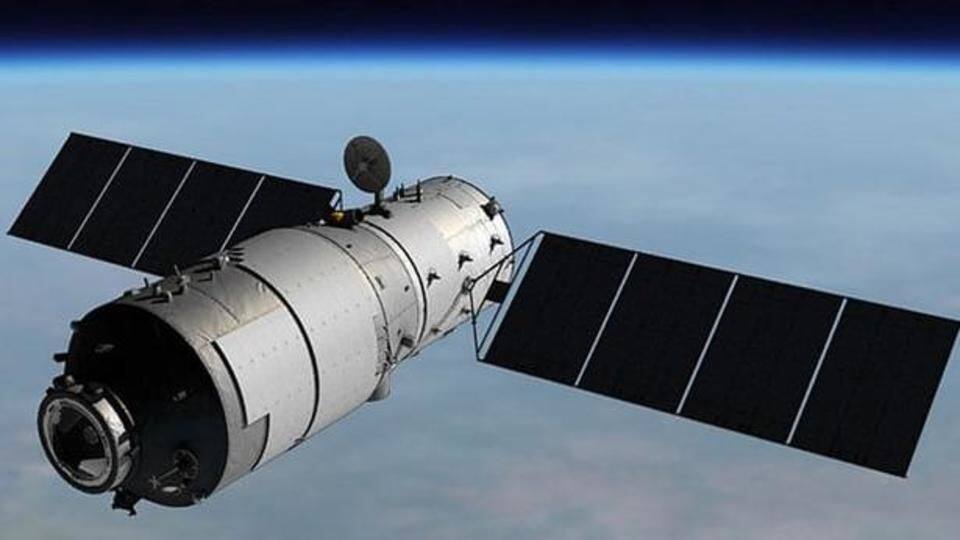
China's Tiangong-1 space station to crash to Earth within weeks
What's the story
China's first space station Tiangong-1 will crash to Earth in a couple of weeks. According to US-based non-profit aerospace company Aerospace Corporation, Tiangong-1 will re-enter the Earth's atmosphere during the first week of April, give or take a week, while the European Space Agency (ESA) estimates the crash to take place between March 24 and April 19. Here are the details.
Context
China had lost control of Tiangong-1 in 2016
Earlier in 2016, China had admitted that it had lost control of Tiangong-1, which is currently hurtling towards the Earth in an uncontrolled re-entry. The space station was launched in 2011 as a "potent political symbol" of China. Used for both manned and unmanned missions, it was visited by China's first female astronaut Liu Yang in 2012.
Dangerous Territory
We still don't know over which part Tiangong-1 will re-enter
Experts still haven't been able to figure out where the 8.5-tonne space station module will re-enter the Earth's atmosphere. Expected to re-enter somewhere between the 43° north and 43° south latitudes, its chances are slightly higher in Northern China, the Middle East, Central Italy, Northern Spain and the US, New Zealand, Tasmania, parts of South America and Southern Africa.
Information
Tiangong-1's descent has been speeding up
According to Harvard University astrophysicist Jonathan McDowell, Tiangong-1's descent has been speeding up. It is now falling by about 6 km a week as compared to 1.5 km last October. He added that its speed is affected by the constantly changing "weather" in space.
Warning
Some debris can survive re-entry, but won't hit anyone
The Aerospace Corporation has warned that Tiangong-1 might carry a highly toxic fuel called hydrazine and that there was "a chance that a small amount of debris" from the module will survive re-entry and hit the Earth. However, it added, "The probability that a person will be struck by Tiangong-1 debris is one million times smaller than the odds of winning the Powerball jackpot."
Do you know?
Not the first space station to be crashing to Earth
In 1991, the Soviet Union's Salyut 7 space station crashed to Earth, scattering debris over the Argentinean town of Capitán Bermúdez. And in 1979, NASA's Skylab space station hit Earth in an almost completely uncontrolled descent, landing some large debris outside Perth in Australia.